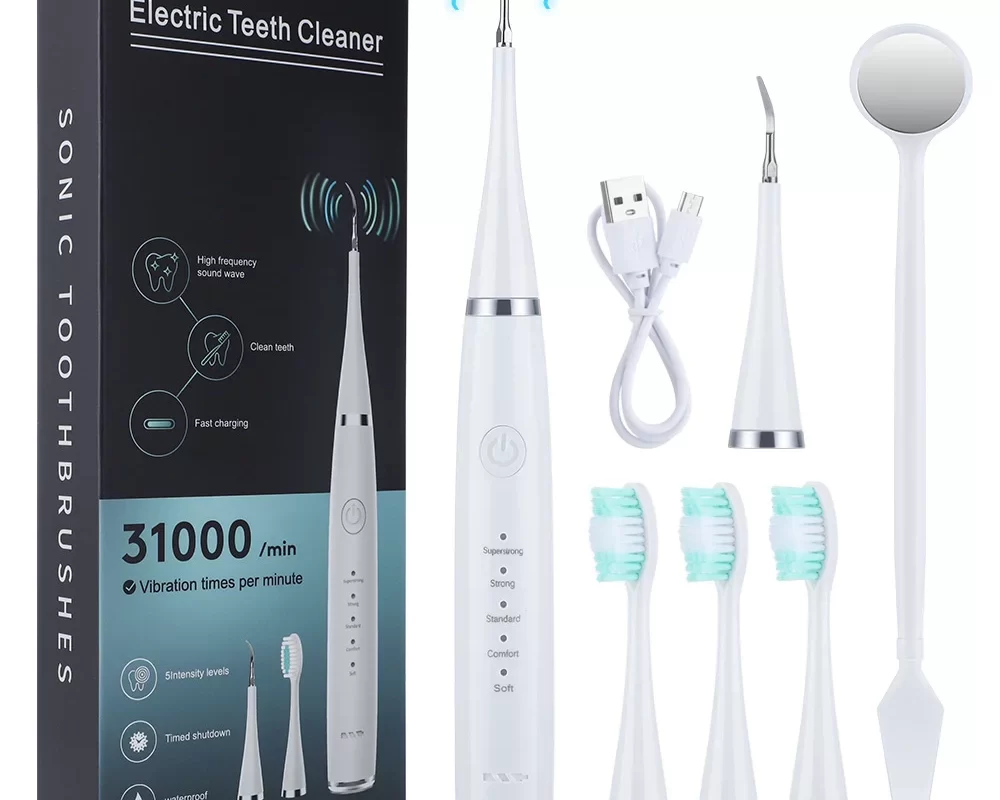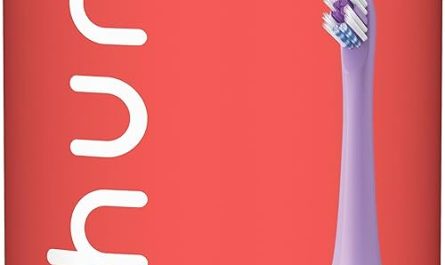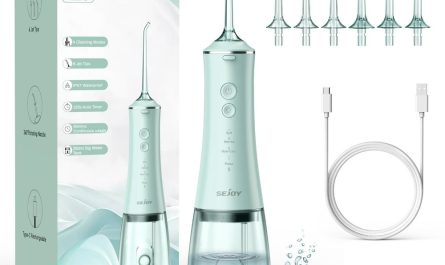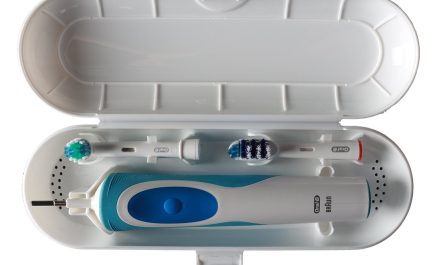Introduction:
The electric toothbrush stands as a revolutionary development in oral hygiene, offering users a more efficient way to clean their teeth compared to manual toothbrushes. This guide delves into the history of the electric toothbrush, from its invention to its modern advancements. Understanding its origins and evolution provides insight into how this indispensable tool has transformed dental care practices.
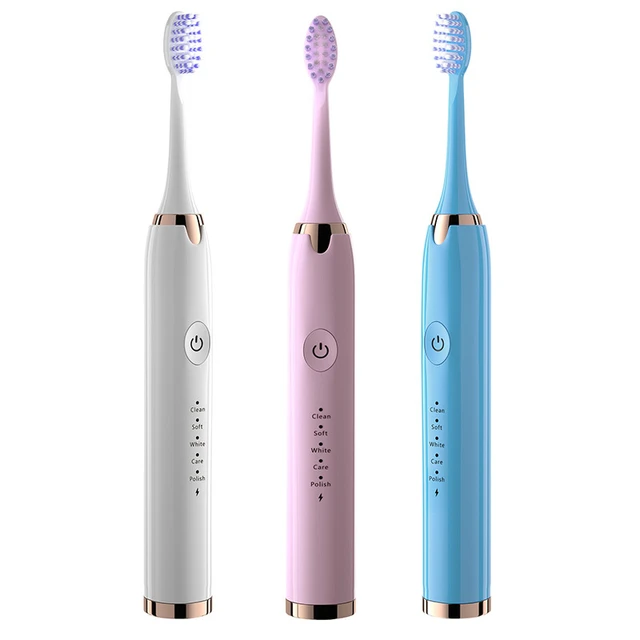
Who Invented the Electric Toothbrush:
How Has It Evolved Over Time?
The Early Beginnings:
Who Was the Pioneer Behind the First Electric Toothbrush?
The inception of the electric toothbrush dates back to the mid-20th century.
Dr. Philippe-Guy Woog:
The Swiss Inventor:
Origins and Patent: In 1954, Dr. Philippe-Guy Woog, a Swiss doctor, invented the first electric toothbrush. His goal was to create a toothbrush that would assist patients with limited motor skills, such as those suffering from arthritis.
Early Design: The initial model, known as Broxodent, was a revolutionary tool powered by connecting to a standard wall outlet. This design made it more accessible and beneficial for people who had difficulty using manual toothbrushes.
Market Introduction:
First Market Release:
Commercial Launch: The Broxodent was introduced to the market in 1959 by Squibb Pharmaceutical, marking the first widespread availability of electric toothbrushes. While initial acceptance was slow, it laid the groundwork for future innovation in dental hygiene tools.
Adoption Challengers: During its early years, the electric toothbrush faced challenges in gaining acceptance due to its bulkiness, reliance on being plugged into an electrical outlet, and the public’s unfamiliarity with the technology.
Evolution Over Decades:
How Did the Electric Toothbrush Develop Over Time?
The electric toothbrush has undergone significant transformations since its inception.
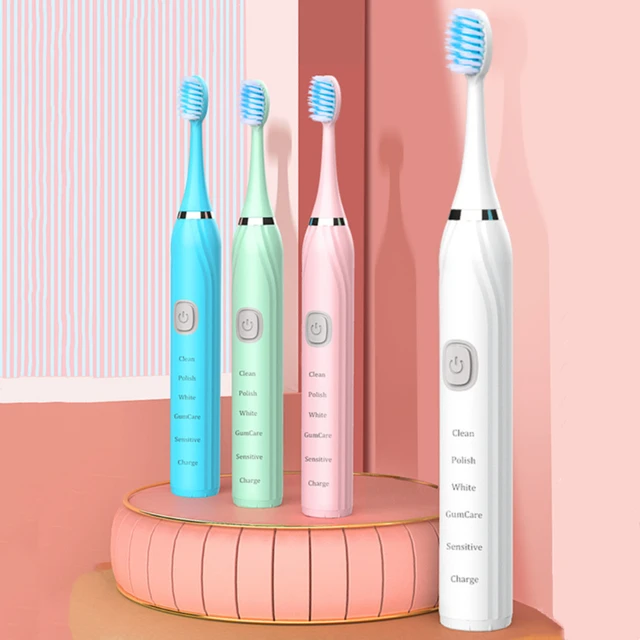
Battery-Powered Models:
Second-Generation Innovations:
Cordless Introduction: In the 1960s, advancements in battery technology allowed for the development of battery-powered electric toothbrushes. These models provided more convenience and portability, making them easier for consumers to use.
Rechargeable Batteries: By the 1980s, rechargeable electric toothbrushes became widely available, eliminating the need for constant battery replacement and reducing waste.
Oscillating and Rotating Movements:
Technological Improvements:
Enhanced Cleaning: The introduction of oscillating and rotating movements in the 1980s significantly improved the efficiency of electric toothbrushes. These motions allowed for better plaque removal and deeper cleaning compared to manual brushing or earlier electric models.
Independent Studies: Research supporting the efficacy of oscillating and rotating toothbrushes encouraged consumers to adopt the technology, contributing to its growing popularity.
Sonic Technology:
Next-Generation Brushing:
Sonic Innovations: In the early 1990s, sonic technology emerged, further revolutionizing electric toothbrushes. Sonic toothbrushes operate at much higher frequencies, creating vibrations that disrupt plaque and food particles more effectively.
Key Brands: Brands like Philips Sonicare led the charge in popularizing sonic toothbrushes, demonstrating their effectiveness through clinical trials and consumer testimonials.
Smart Toothbrushes:
Digital Integration:
Connected Devices: Recently, smart toothbrushes equipped with Bluetooth connectivity and advanced sensors have entered the market. These models sync with smartphone apps to provide real-time feedback on brushing habits, allowing users to monitor and improve their oral hygiene routines.
Customization: Smart toothbrushes offer features such as customizable brushing modes, reminders to replace toothbrush heads, and progress reports, tailoring oral care to individual needs.
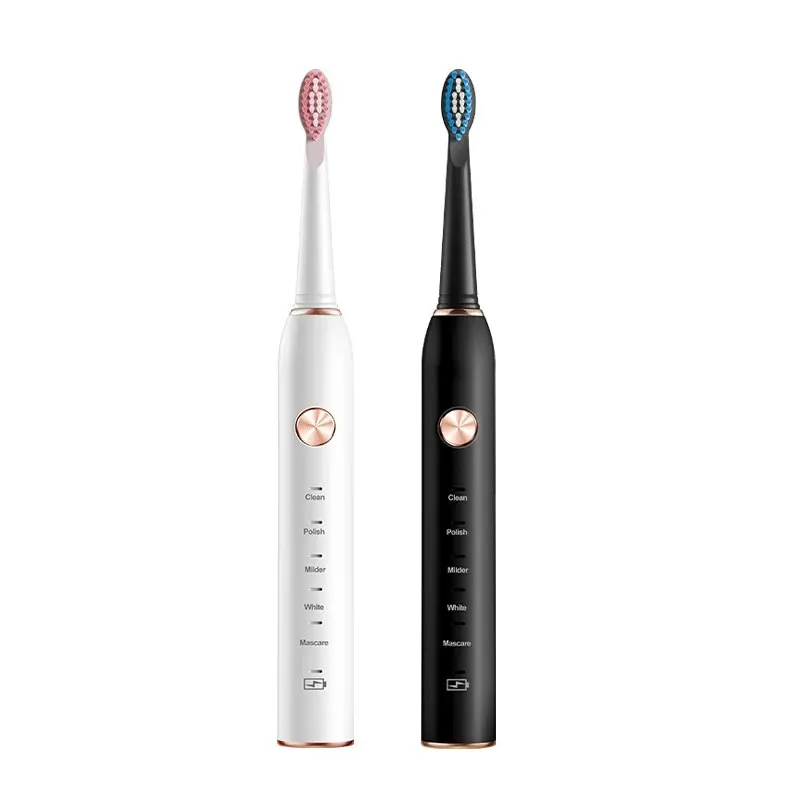
Impact on Oral Hygiene:
How Has the Electric Toothbrush Improved Dental Health?
The electric toothbrush has significantly influenced dental health outcomes.
Plaque Removal:
Enhanced Cleaning Efficiency:
Superior Results: Numerous studies have demonstrated that electric toothbrushes are more effective at removing plaque compared to manual toothbrushes. The consistent and automated brushing motions ensure thorough cleaning of hard-to-reach areas.
Gum Health: Improved plaque removal contributes to healthier gums, reducing the risk of gingivitis and periodontal disease.
Ease of Use:
User-Friendly Design:
Accessibility: Electric toothbrushes are especially beneficial for individuals with limited dexterity, such as elderly users or those with disabilities. The automated brushing action requires less manual effort, making it easier to maintain good oral hygiene.
Consistent Performance: The built-in timers and pressure sensors in many electric toothbrushes ensure that users brush for the recommended two minutes and apply the correct amount of pressure, preventing damage to gums and enamel.
Behavioral Changes:
Better Habits:
Routine Improvement: The advanced features in smart electric toothbrushes encourage better brushing habits. Real-time feedback and progress tracking help users identify areas needing improvement, leading to more consistent and effective oral care.
Personalization: Customized brushing modes address specific oral health concerns, such as sensitivity or whitening, enhancing the overall user experience.
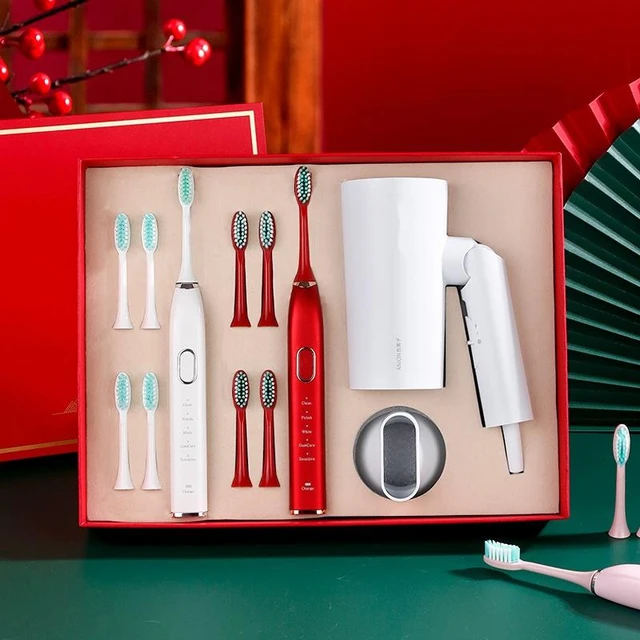
Environmental Considerations:
How Has the Electric Toothbrush Adapted to Environmental Concerns?
Modern electric toothbrushes reflect growing awareness of environmental sustainability.
Rechargeable Models:
Reducing Waste:
Battery Sustainability: The shift towards rechargeable batteries has significantly reduced the waste associated with disposable batteries. This change not only benefits the environment but also offers cost savings over time.
Longer Lifespan: Rechargeable toothbrushes tend to have a longer lifespan compared to manual toothbrushes, reducing the frequency of replacement and overall consumption.
Eco-Friendly Materials:
Sustainable Choices:
Biodegradable Options: Some manufacturers are exploring the use of biodegradable materials for toothbrush handles and heads. These environmentally-friendly options aim to minimize plastic waste and promote sustainability.
Recycling Programs: Brands like Oral-B have introduced recycling programs for used toothbrush heads, encouraging consumers to dispose of them responsibly.
Consumer Adoption:
How Have Electric Toothbrushes Gained Popularity Among Users?
The rising popularity of electric toothbrushes can be attributed to various factors.
Marketing and Education:
Consumer Awareness:
Effective Promotion: Strategic marketing campaigns and educational efforts by dental professionals have played a key role in raising awareness about the benefits of electric toothbrushes.
Research Support: Studies demonstrating the superior efficacy of electric toothbrushes over manual brushing have helped convince consumers of their value, leading to increased adoption.
Affordability:
Price Accessibility:
Increasing Affordability: As the technology has matured, the cost of electric toothbrushes has become more accessible. Entry-level models offer many of the benefits of advanced toothbrushes at a lower price point, making them available to a broader audience.
Insurance Coverage: Some dental insurance plans now include coverage for electric toothbrushes, further reducing the financial barrier to adoption.
User Testimonials:
Positive Feedback:
Word of Mouth: Positive user experiences and testimonials have contributed to the growing popularity of electric toothbrushes. Satisfied customers often share their success stories, encouraging others to make the switch.
Online Reviews: The prevalence of online reviews and social media has amplified consumer feedback, making it easier for potential buyers to research and compare products.
Future Trends:
What Innovations Are Shaping the Future of Electric Toothbrushes?
The future of electric toothbrushes promises continued innovation and improvement.
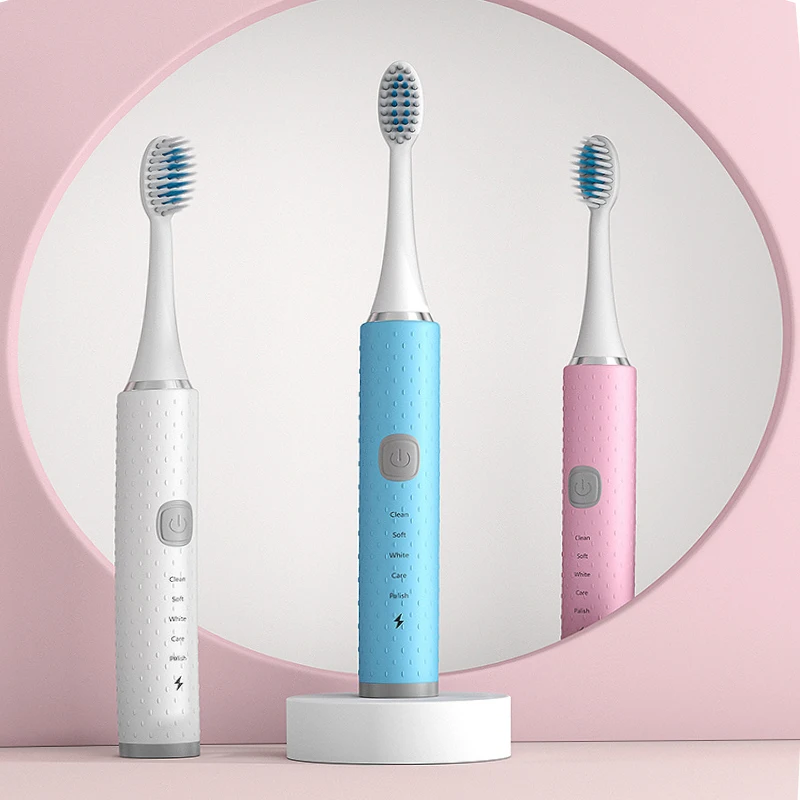
Artificial Intelligence:
Smart Integration:
AI-Powered Devices: The integration of artificial intelligence (AI) in electric toothbrushes is an emerging trend. AI can analyze brushing patterns and provide personalized insights, further enhancing oral hygiene practices.
Predictive Maintenance: AI can predict when a toothbrush head needs replacement based on usage patterns and provide timely reminders, ensuring optimal performance.
Sustainable Innovations:
Eco-Friendly Advances:
Green Technology: Future developments are likely to focus more on sustainability. Innovations such as solar-powered toothbrushes and fully biodegradable models are on the horizon, reducing the environmental impact.
Extended Lifespan: Research into materials and durability will continue to extend the lifespan of electric toothbrushes, making them a more sustainable choice over their lifetime.
Advanced Cleaning Technologies:
Enhanced Features:
Next-Gen Cleaning: Improvements in cleaning technology, such as enhanced sonic capabilities and multi-directional brush movements, promise even more efficient plaque removal and gum care.
Integrated Dental Care: Future models may integrate additional dental care functions, such as oral irrigators or whitening technologies, offering comprehensive oral hygiene solutions in a single device.
Conclusion
The electric toothbrush, pioneered by Dr. Philippe-Guy Woog, has evolved significantly since its introduction in the mid-20th century. From the bulky, plug-in models of the 1950s to today’s sophisticated, AI-powered devices, electric toothbrushes have continually advanced to provide better oral hygiene. Their effectiveness in plaque removal, user-friendly designs, and innovations in sustainability have contributed to their widespread adoption. As technology continues to advance, the future of electric toothbrushes promises even greater integration, efficiency, and environmental responsibility, making them an essential tool for maintaining oral health.

